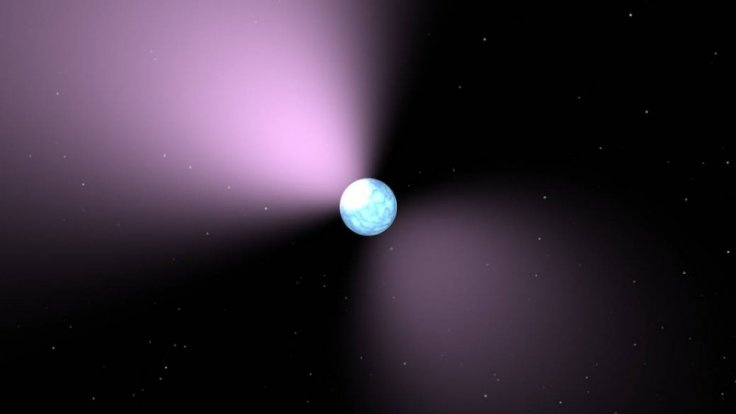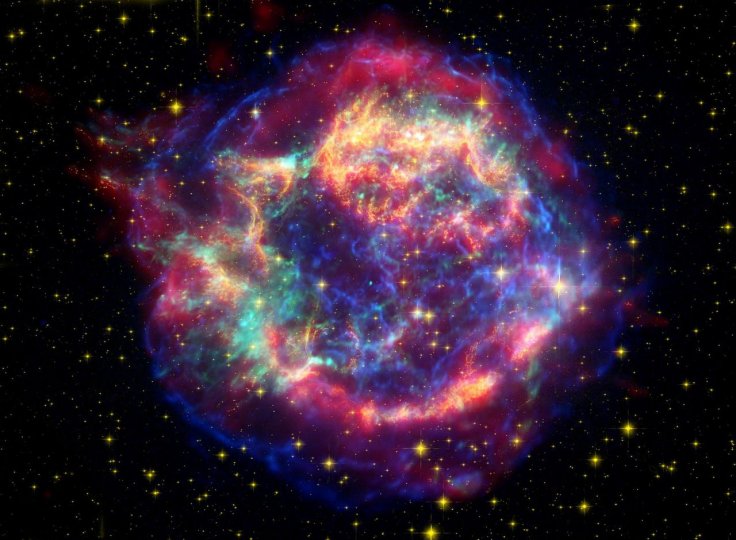
NASA's star-hunting telescope was able to spot a massive thermonuclear explosion that came from a distant region in space. As per the agency, it was most likely produced by the stellar remains of a star that went supernova.
The explosion, which was mainly composed of X-ray bursts, was observed by NASA through its Neutron Star Interior Composition Explorer (NICER) telescope. Scientists managing the glass noted that they have been observing the blast ever since they noticed a drastic X-ray spike in August.
NASA stated that the X-ray blast was the most powerful one spotted by NICER so far. After detecting the burst, the agency's scientists carried out an investigation on its origin and discovered that it came from a pulsar that was identified as SAX J1808.4-3658.
Pulsars are known as the remains of a star that died after collapsing under the weight of its own gravity. Although they can cause a supernova after they collapse but are not massive enough to turn into a black hole.

"This burst was outstanding," Peter Bult, an astrophysicist at NASA's Goddard Space Flight Center and the lead investigator for NICER's said in a statement.
"We see a two-step change in brightness, which we think is caused by the ejection of separate layers from the pulsar surface, and other features that will help us decode the physics of these powerful events," he added.
According to NASA, the X-ray burst from the pulsar produced as much energy in 20 seconds as the Sun does in almost 10 days. The agency's scientists believe that the explosion occurred after the helium on the surface of the pulsar sunk underneath and fused into a ball of carbon. This caused the helium to erupt and led to a thermonuclear explosion on the dead star's surface.
"The helium settles out and builds up a layer of its own," researcher Zaven Arzoumanian of NASA's Goddard Space Flight Center explained. "Once the helium layer is a few meters deep, the conditions allow helium nuclei to fuse into carbon. Then the helium erupts explosively and unleashes a thermonuclear fireball across the entire pulsar surface." NASA's scientists presented their findings regarding NICER's latest discovery through a new study published in the Astrophysical Journal Letters.









